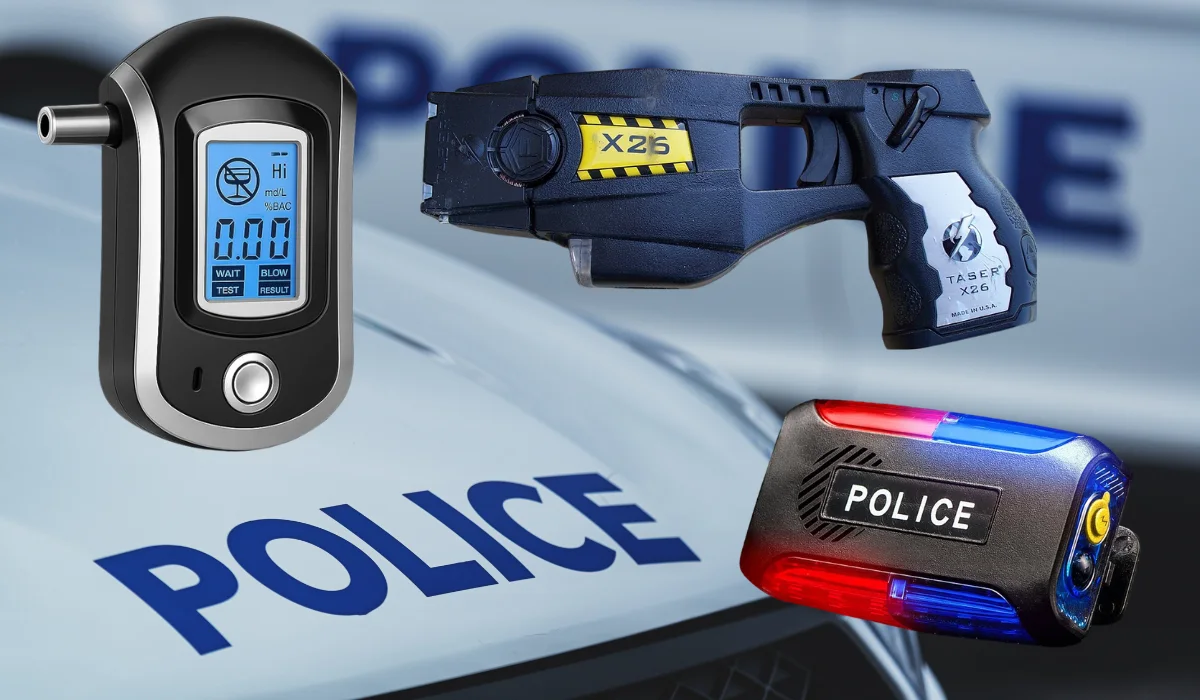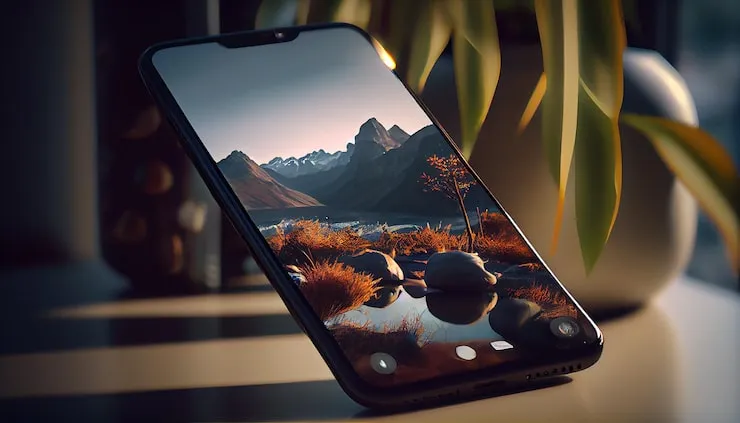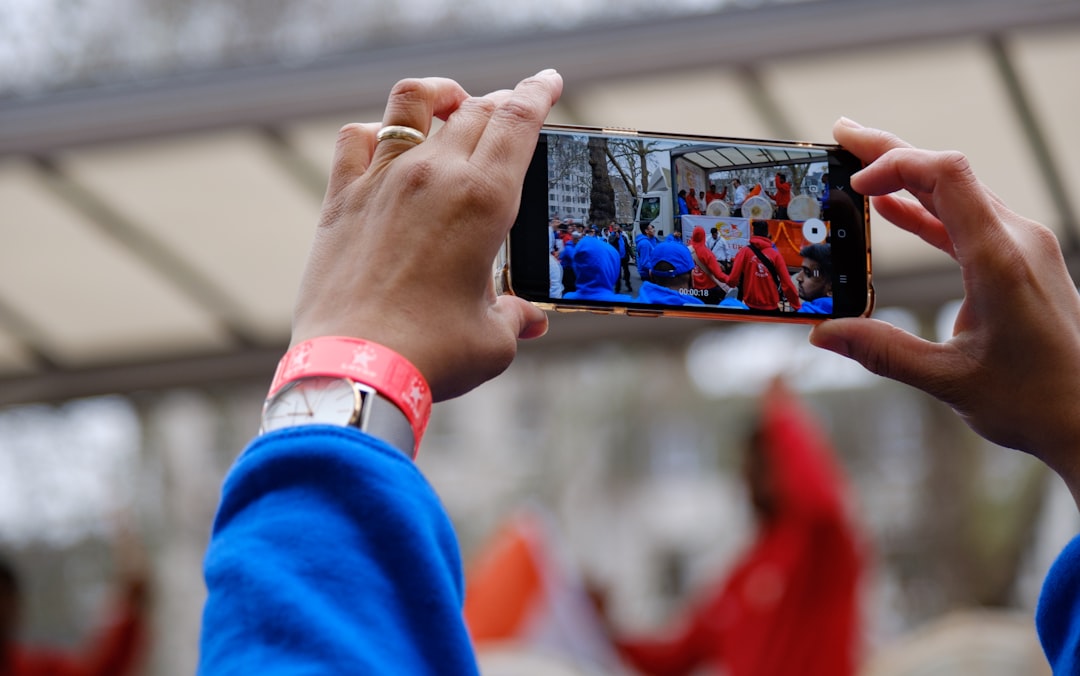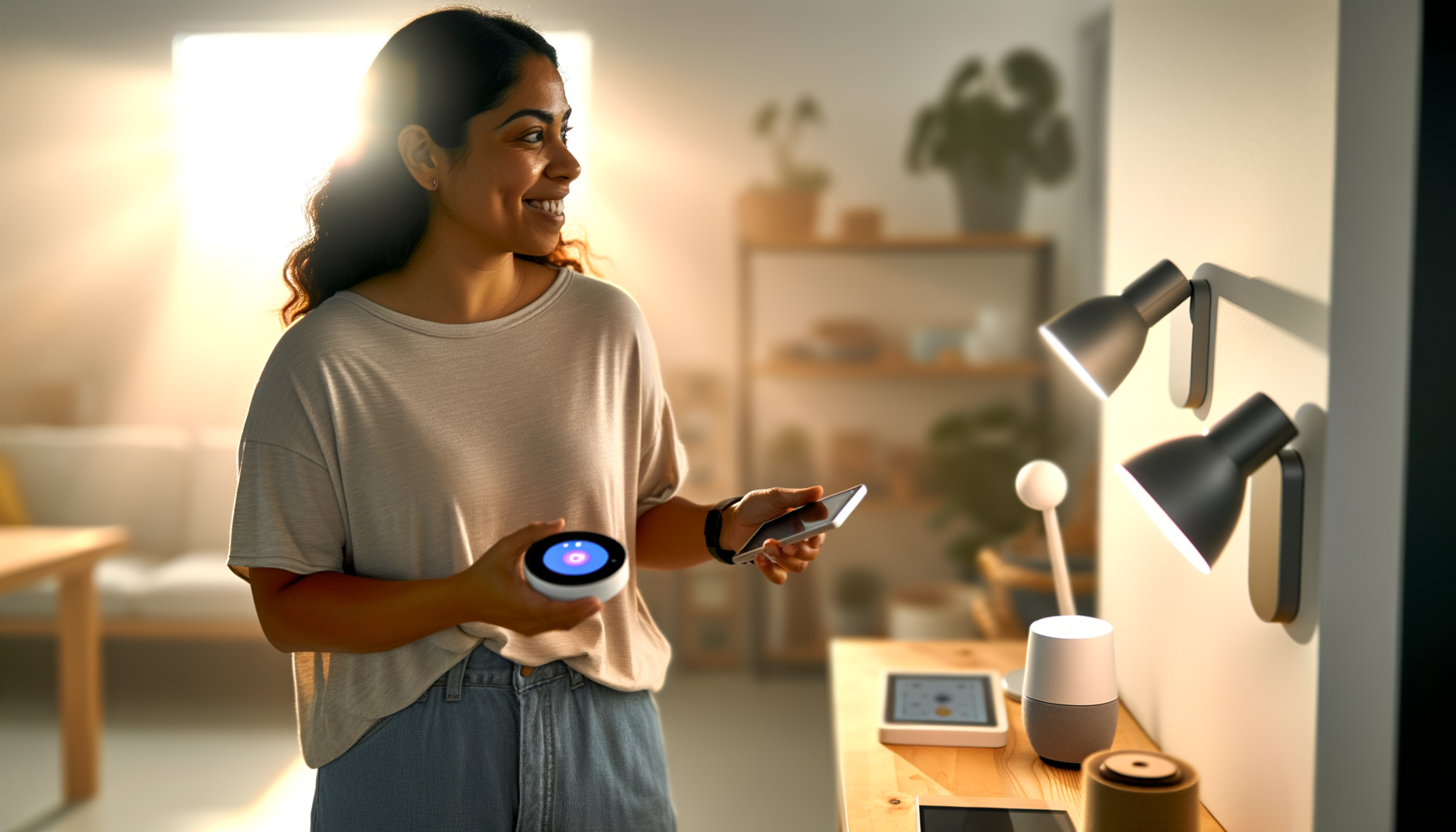Crime has become more intricate, smart, and fast-paced in the modern world than it has ever been. Criminals now take use of banks, the internet, and even digital identities in addition to physical locations. Traditional laws tactics are just too little in such a setting. Police personnel can no longer depend only on nearby patrols, expertise, or intuition. They require tools— "smart gadgets and technologies that multiply their reach and efficiency" .
To stay ahead of changing risks police forces worldwide are using technology, whether in tiny towns or busy city areas. These days, gadgets are a vital part in modern police enforcement. For instance, drones keep an eye on crowded marketplaces, forensic technologies locate digital evidence, and body-worn cameras ensure that police officers are held liable while on patrol. Instead than replacing humans, the goal is to provide police the resources they need to respond quickly, openly, and properly.
Our view of the police is changing from one of an imposing force to one of duty of care, safety, and trust as a result of this move towards "smart policing."
The Journey of Police Tools – From Notebooks to Smart Gadgets
To see how gadgets affect police work now, it's helpful to look at how tools for police work have changed all over time.
- Traditional Era: Cops used to just have a few basic tools: notebooks to keep track of things, whistles to sound alarms, and batons to protect their own. There was little coordination and the steps moved slowly.
- 20th Century Innovations: The dawn of two-way radios changed communication, enabling officers to coordinate with headquarters and respond more quickly. Patrol vehicles equipped with sirens improved mobility and visibility.
- Computers and Databases: Through DNA profiling, fingerprint scanners, and centralized databases, technology had made its way into police stations by the end of the 20th century. Crime-solving suddenly become more data-driven and scientific.
- CCTV Surveillance: Placing cameras in public areas allowed for continual tracking, which cut crime and produced vital evidence.
- 21st Century Smart Policing: Unity is a feature of modern police. Drones, smart wearables, and other devices are linked to central systems and provide real-time data that allows quick decision-making.
Thanks to technology, policing is now "predictive and preventive" rather than reactive.
Read also: Best Smart Home Devices For Elderly
Key Gadgets Making Police Smarter
1. Body-Worn Cameras
Each contact between police and the public is captured on tape by these tiny cameras attached to uniforms. They:
- Increase accountability and transparency, reducing misconduct allegations.
- Provide evidence for courts and investigations.
- Improve training opportunities by analyzing real interactions.
In one case in the US, research found that departments that used body cams got less complaints and more trust from the people they served.
2. Surveillance Drones
Drones are changing the way police keep an eye on big regions. They can:
- Fly above people at talks or festivals.
- Look for those who are missing in hard-to-reach places.
- Track suspects during high-speed chases.
Police in areas like Uttar Pradesh and Maharashtra have employed drones to keep an eye on parades, traffic, and even anyone who break the rules during the COVID-19 shutdown..
3. Smart Patrol Vehicles
These days, patrol cars serve as "mobile command centers" in addition to being vehicles. With cameras, GPS, real-time databases, and communication tools, they enable cops to:
- Scan number plates in real time.
- Track stolen vehicles.
- Access criminal records on the move.
4. Biometric Scanners & Facial Recognition
Portable biometric scanners that can scan fingerprints, faces, or irises can quickly identify suspects. Airports, train stations, and stadiums utilize face recognition technology to monitor wanted criminals in real time.
5. Mobile Apps & Digital Records
These days, officers link to control rooms, verify criminal histories, and submit FIRs via mobile apps. In order to establish a "two-way communication channel" with the public and law enforcement, citizens can also report crimes online.
6. GPS Trackers
GPS trackers are used in:
- Patrol routes are tracked to ensure coverage of the region.
- putting covert trackers on cars to monitor suspects.
- Locating stolen assets.
Read also: Indian Brands Making Smart Devices
7. Forensic Gadgets & Cyber Tools
With cybercrime on the rise, digital forensic tools are essential. These gadgets:
- Retrieve erased call logs, talks, and files.
- Examine cloud accounts, cell phones, and hard drives.
- Provide court-admissible digital evidence.
8. Communication Upgrades (Secure Radios, Smart Wearables)
Modern communication devices ensure encrypted, secure lines during operations. Smart wearables like body sensors track an officer’s health during stressful missions, alerting headquarters in case of emergencies.
Global Case Studies – US, UK, India, and Other Nations
- United States: Drones, body cameras, and predictive policing software are all often used by police forces. AI-driven crime mapping is used by cities like Los Angeles and Chicago to proactively deploy police.
- United Kingdom: The London Metro Police has made major progress in facial recognition and smart cameras for counterterrorism.
- India: Cities like Hyderabad and Delhi use drones, control centers, and AI-based CCTV networks to monitor urban activity. The UP Police have started trying drone surveillance and police vehicles with GPS.
- Singapore & Japan: smart countries that police with robotics, IoT sensors, and AI. Millions of cameras and sensors have been added as part of Singapore's "Safe City" project to combat crime.
Impact on Modern Policing – Speed, Efficiency, Transparency, Accountability
- Speed: Smart cars, mobile devices, and GPS tracking let officers react more quickly.
- Efficiency: While covering vast regions, drones and other surveillance systems require less people.
- Transparency: Police-citizen meets are actually filmed by body-worn cameras.
- Accountability: Gadgets ensure proper checks on officer behavior, reducing complaints.
- Public Trust: Smart tools boost public trust in law enforcement by making policing more open and reliable.
Challenges and Ethical Concerns – Privacy, Misuse, Training, Cost
Despite their advantages, devices sometimes cause issues:
- Privacy: Facial recognition and surveillance tools risk misuse if not regulated.
- Misuse: Over-reliance or unethical use of gadgets may lead to abuse of power.
- Training Gaps: Technology is only as good as the officer operating it. Continuous training is necessary.
- Cost: High-tech gadgets require significant investment, which may strain budgets in developing countries.
Balancing innovation with responsibility is crucial.
The Future of Smart Policing – AI, IoT, Predictive Crime Tools, Robotics
The next decade will see even smarter policing tools:
- AI & Predictive Policing: Software will identify criminal areas and suggest ways to deploy them.
- Internet of Things (IoT): Networks of connected cars, cameras, and lighting will provide citywide security.
- Robotics: Robotic police assistants for public help and traffic control.
- Augmented Reality (AR) Glasses: Officers may access real-time data while on patrol.
Instead of being reactive, these cutting-edge tools will make execution proactive.
Read also: Big Power and Pocket Gaming for 2025
Conclusion – Balancing Human Instincts with Smart Gadgets
Without a question, gadgets have boosted the skill, speed, and openness of policing. However, the human element—courage, empathy, and judgment—is at the core of law enforcement. These instincts should always be "supported and enhanced" by technology, not replaced.
Even though a body camera may record the truth, justice is upheld by the officer's integrity. Although a drone may identify a suspect, damage is avoided by the human decision-making behind the controls. The forces that strike the correct balance between using technology for efficiency and clinging to the human values that are the foundation of justice will dominate the future of police.













